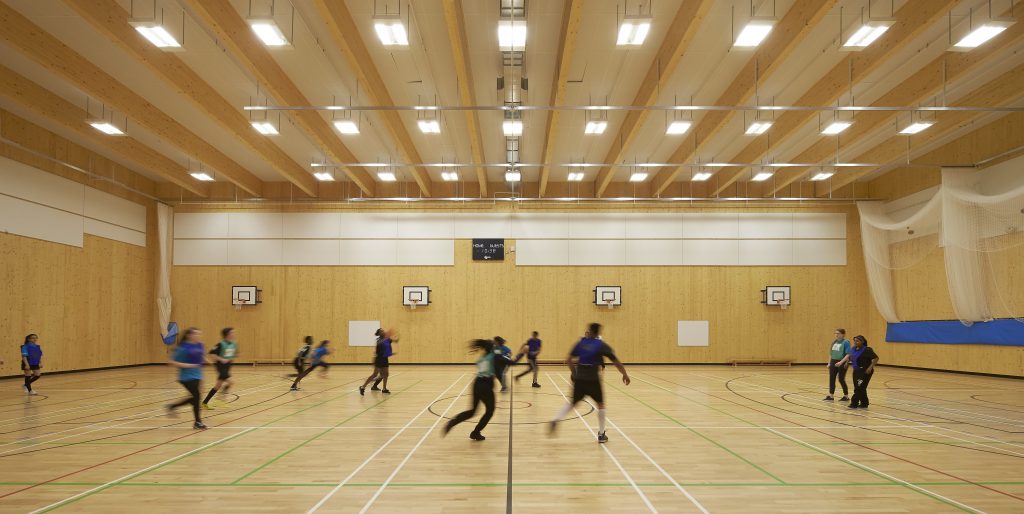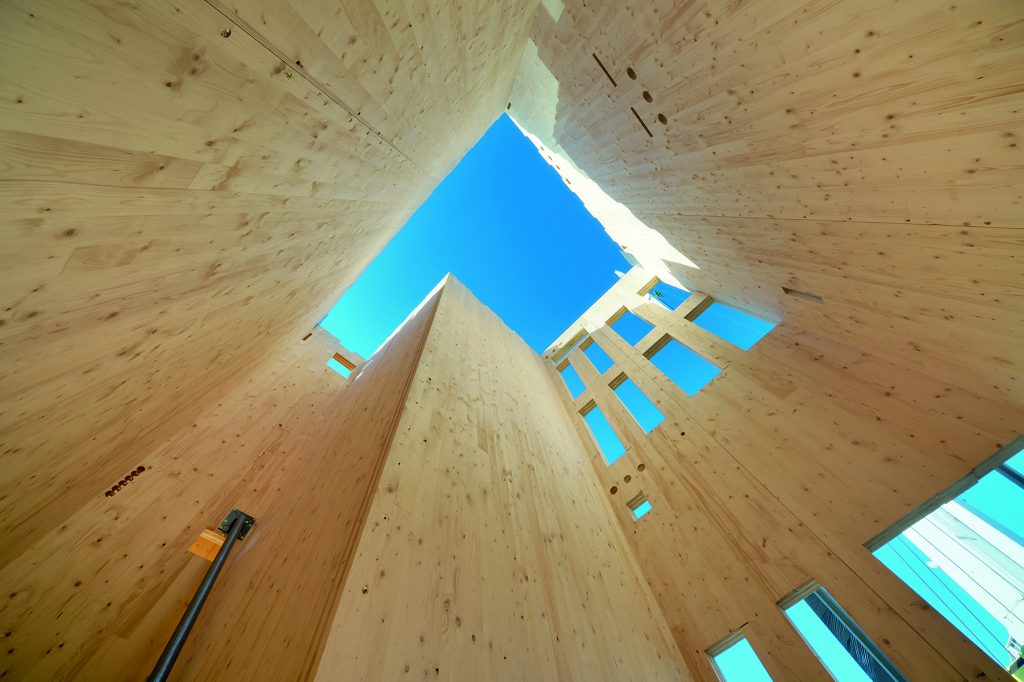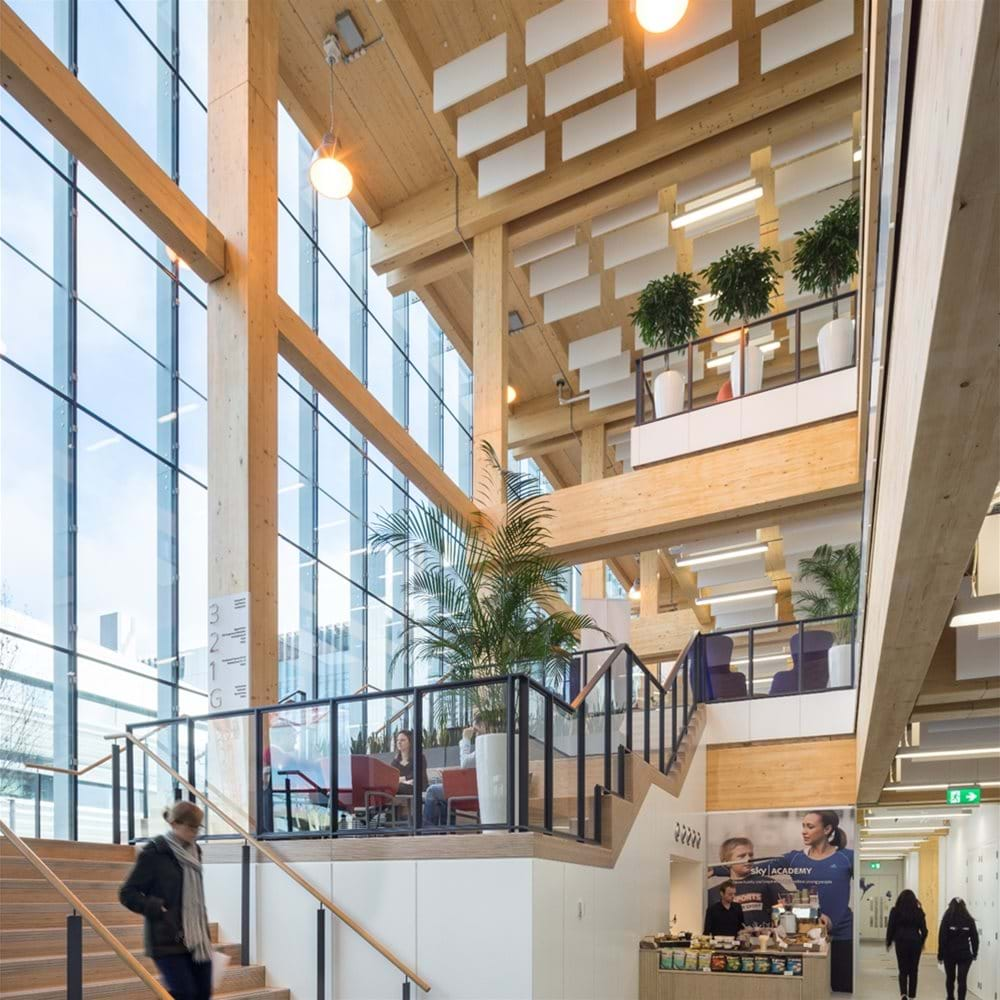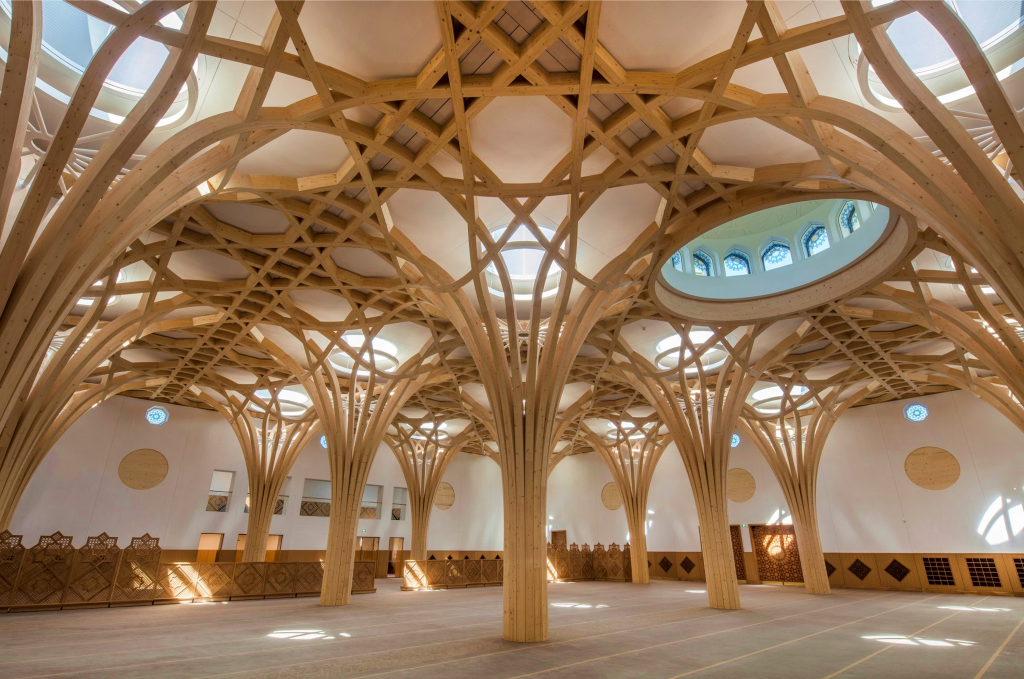
MASS TIMBER
An energy efficient and sustainable option
Mass timber presents a vital opportunity to develop projects that deliver significant sustainability benefits compared to steel and concrete.
Classified as Mass Timber, CLT (cross-laminated timber) and Glulam (glued-laminated timber), Mass timber presents an excellent opportunity to develop projects that deliver significant sustainability benefits and are known to enhance both the living and working environment, as the volume of timber used in the manufacture of these systems is high.
Why Use Mass Timber?
The STA promotes and champions the use of mass timber, recognising the part we have to play in achieving the UK Government’s Net Zero goals. More than this, we recognise the increasing consumer demand for sustainably sourced building materials. Reports indicate replacing steel with timber may reduce global carbon emissions by up to 20%, while offsite manufacturing to client specifications means significantly lowering time spent on site. That said, the STA always advocate that the right materials are used in the right application which leads to complex high rise buildings being constructed with a hybrid of different materials, performing different tasks.


CLT (Cross Laminated Timber)
Cross-laminated timber (CLT) is a structural two-way spanning solid wood panel product that can be used to form wall, roof, and floor panels. It is produced by stacking several layers of timber, known as lamellas, at 90o to the layer below and subsequently glued to create panels of up to 24 metres in length and 2,950mm in width, which can encompass between three and seven layers.
Used to form wall, roof, and floor panels, CLT represents a core structural solution extensively used across the commercial, leisure, and education sectors, with multiple advantages:
- Lightweight, therefore reducing the requirements of foundation systems and reducing vehicle movements
- On-site disruption is reduced as each panel is pre-cut to fit into a precise location
- No wet trades on site
- Impressive structural strength
- Cost and programme certainty through offsite manufacture
Glulam (Glued Laminated Timber)
Glulam is an engineered structural beam created from layered parallel timber laminations. Adaptable to various configurations for length, size, and shape, Glulam offers high load-bearing capabilities and high dimensional stability up to 50 metres in length and 4.5 metres in width.
In addition to straight prismatic sections, beams can also be single-tapered, double-tapered, and bevelled. Curved profiles range from a simple curved beam to complex arch configurations. Curved glulam is manufactured by bending laminates on formers before being bonded together with adhesive, followed by clamping and curing.
- Large open areas can be created using glulam framing, allowing design freedom of open spaces
- In addition to straight prismatic sections, beams can also be single tapered, double tapered and bevelled
- Provides an excellent aesthetic utilising the natural beauty of timber
